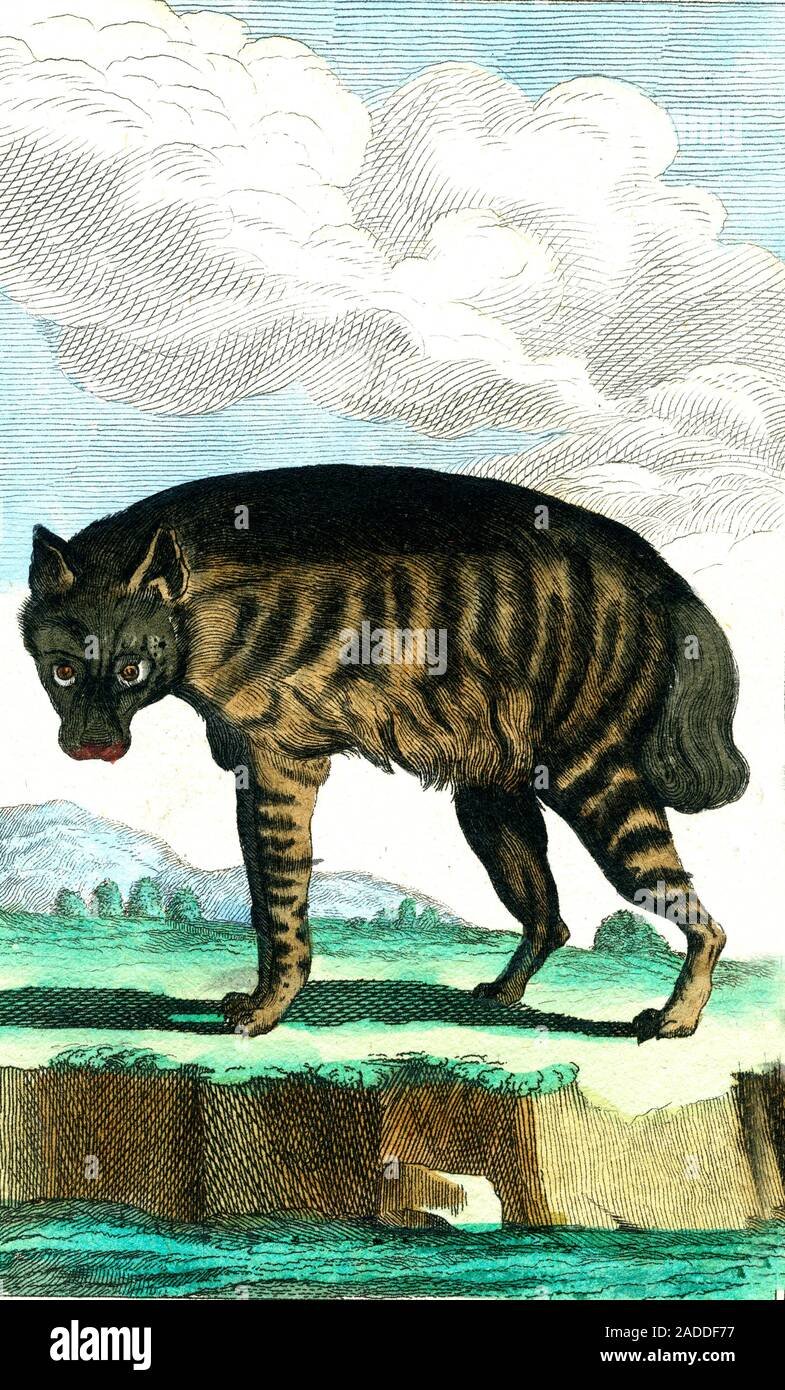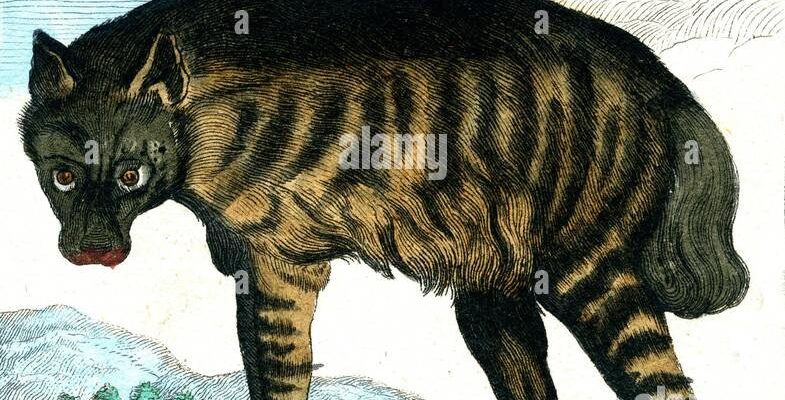
Just like how a single thread can weave into a grand tapestry, these stories reveal a lot about how people view hyaenas. Through tales told around campfires, artwork, and even animal symbolism, we can see how hyaenas represent deeper themes of survival, cunning, and community. So, grab a comfy seat, and let’s dive into the fascinating journey of hyaenas in culture and folklore.
The Hyaena in African Folklore
In many African cultures, hyaenas are often regarded with a mix of fear and respect. They appear in numerous folktales aimed at teaching moral lessons. For example, in some East African stories, the hyaena is portrayed as a crafty character, using its wits to outsmart other animals. This trickster role is similar to how we see foxes in Western folklore.
One popular tale features a hyaena that tries to outsmart a lion, only to find itself in trouble. The story serves as a reminder that while cunning can be useful, it can also lead to one’s downfall. This theme of cunning versus strength resonates with many and keeps the hyaena a relevant symbol in storytelling.
Furthermore, hyaenas are often associated with death and the afterlife in some cultures. This comes from their scavenging nature, feeding on carcasses and cleaning up the environment. In certain tribes, they are seen as guides for the spirits of the departed, helping souls navigate the way to the afterlife.
The Hyaena in Literature and Art
You might not realize it, but hyaenas have made their mark in literature and art throughout history. From ancient manuscripts to modern novels, their unique traits have inspired countless tales. For instance, in Rudyard Kipling’s “The Jungle Book,” the character of Tabaqui, the hyena, is portrayed as a sneaky and deceptive sidekick to the villain, Shere Khan.
In art, hyaenas are often depicted in vibrant forms, reflecting their lively and quirky nature. Artists have captured their elongated bodies and unique facial structures, showcasing the beauty in what many might consider an odd-looking creature.
This representation in literature and art often highlights the duality of the hyaena—being both misunderstood and intriguing. As they navigate through different mediums, these representations help challenge stereotypes and open conversations about wildlife and conservation.
The Hyaena in Mythology
Mythology also gives us rich insights into how cultures perceive hyaenas. In some African mythology, hyaenas are often integrated into creation stories or legends about the origins of life. They might be depicted as *trickster gods* who challenge the status quo or as figures that bring wisdom through their experiences in the wild.
For instance, in a tale from the Khoikhoi people, the hyaena is responsible for bringing fire to humans. This narrative not only elevates the hyaena’s status but also reflects the resourcefulness and resilience needed for survival in harsh conditions.
In contrast, some Middle Eastern cultures regard hyaenas as harbingers of bad luck or omens. These beliefs often stem from their scavenging habits, viewing them as unclean or undesirable. Such contrasting representations highlight how geographical and cultural contexts shape perceptions of the hyaena.
Hyaenas in Modern Pop Culture
Fast forward to today, and hyaenas have leaped (or laughed) into modern pop culture. One of the most famous representations is in Disney’s “The Lion King,” where hyenas are portrayed as comic relief but also as the antagonists. Characters like Shenzi, Banzai, and Ed exemplify how hyaenas are often viewed as underdogs or misfits.
While these portrayals bring a sense of humor, they can also perpetuate misconceptions about hyaenas being solely villainous. It’s essential to recognize that hyaenas are *social creatures* with complex behaviors that go beyond the surface-level traits seen in films.
Beyond movies, hyaenas frequently appear in video games and merchandise, showcasing their quirky nature and appealing to a younger audience. This infusion of hyaena imagery into contemporary culture keeps the conversation alive about their role in ecosystems and the importance of conservation.
Cultural Differences in Hyaena Representation
What’s fascinating is how hyaenas are viewed differently from culture to culture. In some regions, they are celebrated for their survival skills, while in others, they are vilified for their scavenging behavior. This dichotomy can lead to misunderstandings about their actual ecological role.
Take, for example, the Maasai people who admire the hyaena for its resilience and strength. They see hyaenas as an essential part of the savannah’s ecosystem, ensuring that nothing goes to waste. On the other hand, some Western cultures often focus on the negative aspects, leading to fear and superstition.
Understanding these differences is crucial for fostering a more balanced view of hyaenas. Engaging with various cultural narratives can help break down biases and promote awareness regarding wildlife conservation efforts.
The Role of Hyaenas in Ecological Narratives
As we explore the cultural significance of hyaenas, we can’t overlook their ecological importance. Hyaenas play a vital role in their habitats by scavenging and controlling animal populations. Their presence helps maintain the balance of ecosystems.
In nature, hyaenas are skilled hunters and scavengers. They’re surprisingly social, forming clans that work together to hunt and protect their territory. This community aspect is mirrored in some of the stories and folklore where teamwork and loyalty are celebrated traits.
By understanding the ecological role of hyaenas, we can appreciate the richness they bring to both the animal kingdom and the cultural narratives surrounding them. Highlighting these aspects can foster a greater appreciation for wildlife and the need for conservation.
In wrapping up our journey through the cultural and folkloric representations of hyaenas, it’s clear that these animals hold a unique place in human storytelling. From being tricksters to symbols of resilience, hyaenas embody a rich array of characteristics that challenge us to rethink our perceptions.
Honestly, the next time you hear that distinct hyaena laugh, remember there’s a world of stories and beliefs that shape our view of this misunderstood creature. Embracing these narratives not only enriches our understanding of hyaenas but also highlights the beautiful connections between nature and culture.
So, whether seen as a villain or a wise survivor, the hyaena’s multifaceted representation reminds us that every animal has its story—one that deserves to be told and understood.

